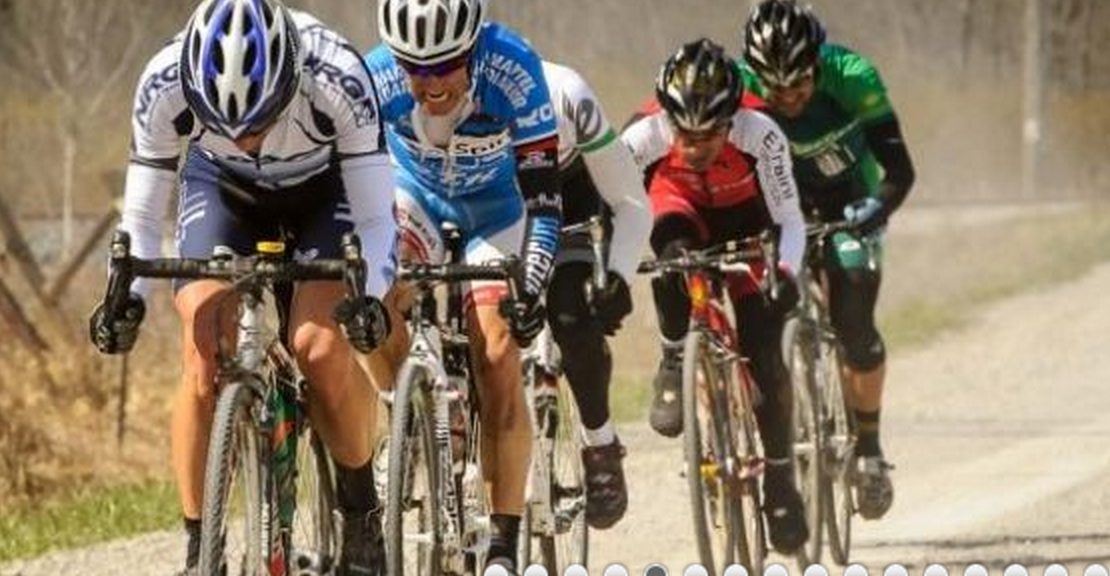Long rides and simulation days


— by Nigel Gray
The long ride, like the long run, is a staple in training plans for athletes planning on racing an Ironman or 70.3 distance. Not all long rides are the same, however, and there are a number of variations aimed at achieving different results.
The main goals of any long ride include:
Building endurance
Racing well at longer distances has a huge element of endurance to it; you need good endurance on the bike in order to be able to run well off of it.
Burning fat
Your body has an almost endless supply of fat stores, but you can only use them when producing energy aerobically. By doing longer rides you help train your body to burn fat for fuel.
Converting fast twitch fibres to slow twitch fibres
Longer rides cause your slow twitch muscle fibres to fatigue, and in order to maintain your power output your body starts to recruit more fast twitch fibres, which then learn to act more like slow twitch fibres, enabling them to burn fuel more effectively.
Practicing nutrition
Nutrition is a key aspect of any longer distance triathlon and every long ride is an opportunity to put your plan to the test. It’s better to find out what type of nutrition your body can (or can’t) tolerate during a training ride than on race day.
Assessing and adapting your position
Are you able to stay in your aerobars and produce good power for an extended period of time? If not, then you need to spend more time in your aero position to adapt to it, or you need to adjust your overall positioning. A professional bike fitting can really help with this.
Here are several variations on the long ride each with a different aim for race preparation:
Easy Long Rides
These rides are used to build endurance, fat burning ability and resistance to fatigue. It’s a good idea to start your season off with a few longer rides consisting of comfortable, easy efforts (Zone 1–2). This will help you get used to your bike again and will allow your body to build strength steadily. Easy longer rides can also be used mid-season to help you recover from a previous block of hard train- ing, or from a race. Doing a longer ride at an easier effort will help you to continue building your endurance base without overloading your system, and will speed up recovery. Craig Alexander has used this approach with great success throughout his career.
Variable Long Rides
These are the long rides that athletes most often do, especially when riding in a group. They have variable intensities (Zones 1–5), and gen- erally feature a lot of hill climbing. The effort level is comfortable on the flats, followed by hammer time on the hills. Use the downhills to recover before drafting again on the flats and repeating the sequence until the next climb.
These rides have their place, but they are an inefficient use of energy, the opposite of how you want to race. Here’s why: sprinting up hills uses a lot of power, and every time you cross over your threshold power you are burning almost exclusively carbohydrates, and not fat. Your body can store only a limited amount of carbohydrates and you can consume and process only so much while riding, so a lot of high-energy sprinting will catch up to you later in the day. This type of ride can not only be very fatiguing but can also teach poor habits for race day.
Interval Long Rides
These are long rides with blocks of intensity contained in them, and are ideal for working on race-specific pacing and adding some con- trolled intensity to your workout.
If you are training for a 70.3, go for a long ride of two to four hours, during which you can add in two to four blocks of 10 to 30 min of 70.3 race intensity (Zones 3–4) with five to 15 minutes of easy riding in between each.
For an Ironman distance, do a long ride of three to six hours and add two to four blocks of 30 to 60 minutes of Ironman specific inten- sity (Zones 2–3) 10 to 20 min of easy riding in between each.
You can also use a mix of both workouts, so that you do some longer Ironman intensity blocks, combined with some short 70.3 intensity blocks.
Ironman Simulation Rides
These are Ironman specific rides in which you ride at your target race pace while practicing your nutrition plan. The goal of these workouts is to combine pacing, nutrition and position on the bike. They will give you great feedback on how well you are prepared for race day.
Start with a warm up of 30 to 60 minutes easy riding, followed by a simulation of two to five hours at Ironman race pace. The aim is to complete as uninterrupted a ride as possible; your nutrition plan should be all planned out and there should be a limited number of stops. You should really not need to stop more than once (barring very hot conditions) and it should be as fast a stop as possible – a quick filling up of bottles and you are on your way again.
Aim to ride at your goal Ironman intensity. Ideally you will be using a power meter and dialing in a narrow range of wattage for this ride. For those using power you will be looking at a goal Average Power (AP) of around 70 to 73 per cent of your Functional Threshold Power (ftp 60 minutes max average power) and a Normalized Power (NP) (a measure of what you could have held on the ride if you were very steady) very close to your AP which will give you a low Variability Index (VI), calculated by dividing NP by AP. Your VI for most Ironman races should be in the 1.04 to 1.08 range and you should aim to see a similar VI in your simulation rides.
This is also a time to try out your position on the bike; you should be in the aerobars for at least 80 per cent of this ride. If you are not able to do that then you need to make some adjustments so that you can. Your fancy aero tri bike is no use if you are sitting up on it catching all the wind.
Conclusion
The long ride is one of your key workouts and in order to get the most from it you should plan ahead of time of what you want to achieve, and then be able to assess during and afterwards how well you did.
